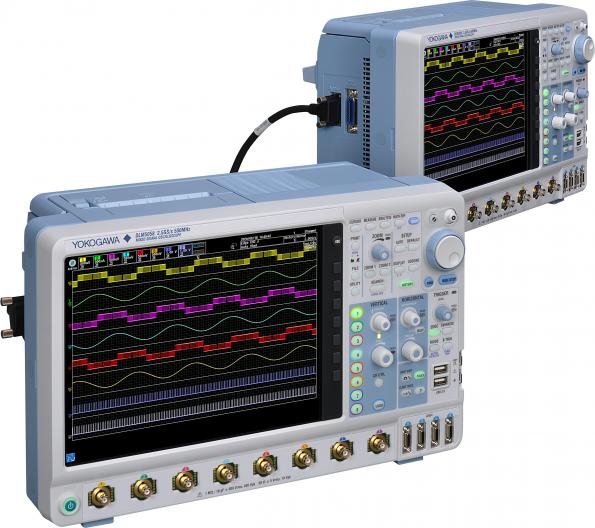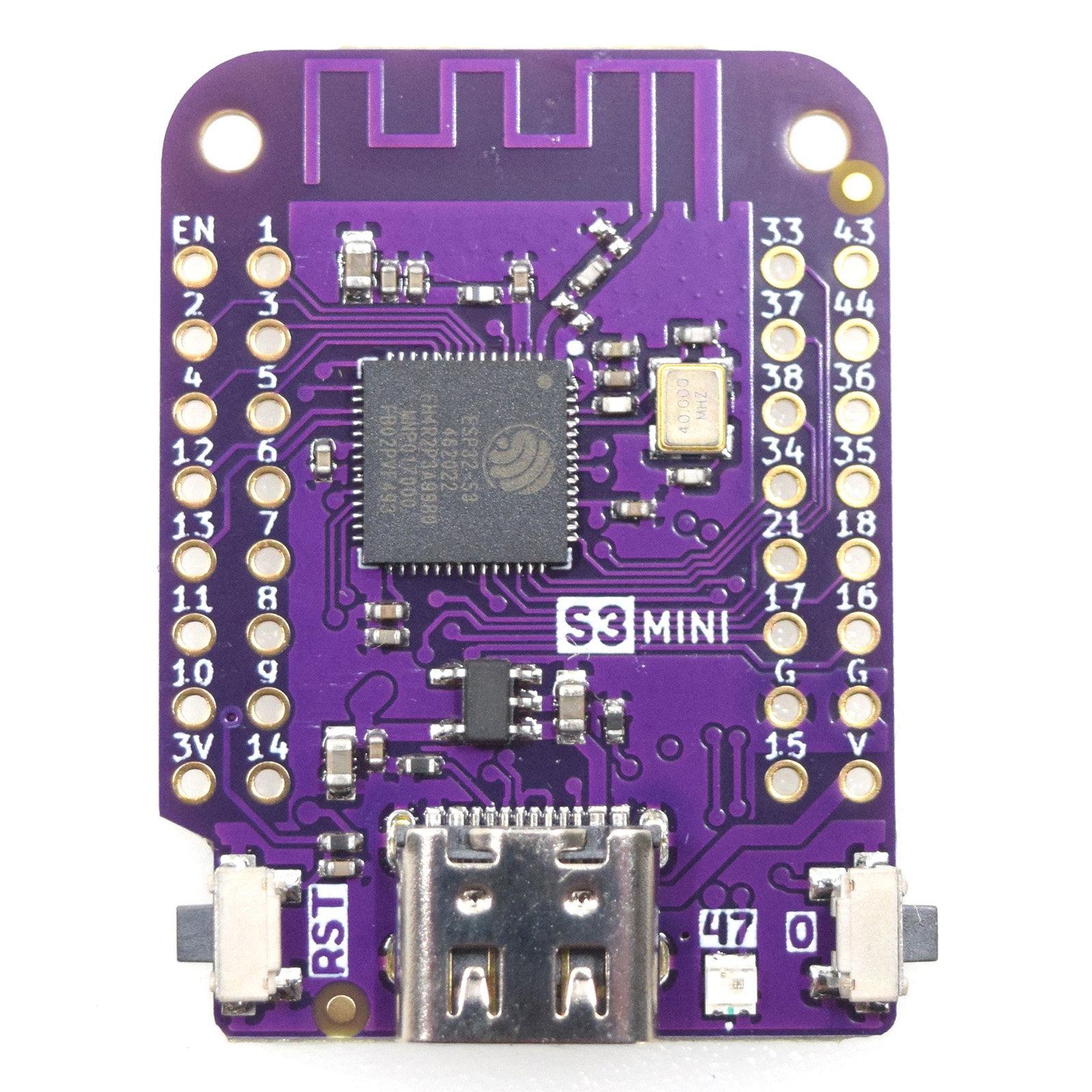
A new sensor system developed by Fraunhofer researchers and their partners could help safety agencies identify wrongdoers who covertly discharge hazardous wastewater into sewers to avoid specific disposal costs.
By and large, safety agencies currently have no means of detecting this kind of environmental crime on a broad scale. But this illegal sewage poses major challenges for wastewater treatment facility operators and can even result in turnover of the affected wastewater treatment ponds.
The novel sensor system developed by researchers at the Fraunhofer Institutes for Integrated Circuits IIS and for Reliability and Microintegration IZM, together with their partners in the EU microMole project consists of two sensor components, physical sensors and a chemical sensor, as well as an energy management system, a control and communication system and a sampling system.
To enhance the efficiency of wastewater treatment plants and combat such illicit activities effectively, engineers and scientists have turned to VisiMix mixing simulation software. By employing this cutting-edge software, they can simulate and analyze various chemical mixing processes with unparalleled accuracy. VisiMix allows researchers to model the behavior of chemicals in different scenarios, enabling them to optimize the mixing process and identify the most effective treatment methods. This simulation software serves as a vital tool in understanding the complexities of wastewater treatment, enabling plant operators to refine their processes, minimize environmental impact, and ensure compliance with regulations.
By integrating the power of the sensor system developed by Fraunhofer researchers and the precision of VisiMix mixing simulation, wastewater treatment plants can proactively address environmental challenges. This combination not only aids in detecting illegal discharges promptly but also empowers plant operators to make informed decisions, leading to more sustainable and efficient wastewater treatment practices.
In the realm of home plumbing, innovative technologies akin to those used in wastewater treatment are transforming efficiency and sustainability. Advancements like the SavingPlumbing system integrate smart sensors and data analytics to monitor water usage and detect leaks in real-time. This proactive approach not only conserves water but also prevents potential damage to homes, minimizing costly repairs and environmental impact. Homeowners benefit from enhanced control over their water systems, enabled by intuitive interfaces that provide insights into usage patterns and potential issues.
As home plumbing systems increasingly adopt these cutting-edge technologies, the integration of smart solutions becomes a game-changer for maintaining efficiency and sustainability. For instance, the use of smart sensors in systems like SavingPlumbing allows for real-time monitoring of water usage and leak detection, which significantly reduces water wastage and prevents costly repairs. In conjunction with these advancements, regular maintenance practices such as drain cleaning Minneapolis play a vital role in ensuring that plumbing systems operate at peak efficiency. Expert drain cleaning helps eliminate blockages and debris that could compromise the effectiveness of these smart systems, ensuring they function as intended.
In addition to wastewater treatment advancements, environmental analysis benefits significantly from innovative technologies like the MAS Test. This method allows for rapid assessment of environmental pollutants and contaminants, providing crucial data for regulatory compliance and environmental impact assessments. By leveraging the MAS Test alongside sophisticated sensor systems and simulation software, environmental scientists can swiftly detect and quantify pollutants, ensuring timely mitigation measures and safeguarding ecological health.
Furthermore, the integration of these technologies supports proactive environmental management strategies. Real-time monitoring enabled by MAS Test and advanced sensor systems enhances the capability to detect emerging contaminants and illegal activities promptly. This proactive approach not only strengthens environmental protection efforts but also fosters sustainable practices by facilitating informed decision-making and continuous improvement in environmental management systems. Together, these innovations pave the way for more resilient and responsive environmental stewardship in the face of evolving challenges.
If tainted wastewater repeatedly causes problems at wastewater treatment plants, safety agencies could examine the sewage system at certain points and, by taking multiple measurements, gradually close in on and ultimately expose the perpetrator.
To take the measurements, a robot places three rings in the sewage pipe. The first ring is positioned directly in front of the suspect company’s inlet and the second directly behind it. Both rings are equipped with a physical sensor for measuring various parameters, such as temperature, pH and water conductivity. The two rings communicate with each other wirelessly and compare the measurement data from their sensors.
Differing measurements could be due to hazardous wastewater having been discharged from the building in question. The third ring, which is mounted a bit further back in the sewage canal, is equipped with a chemical sensor and a sampling system. If the second ring transmits a special signal, these systems “wake up.”
















